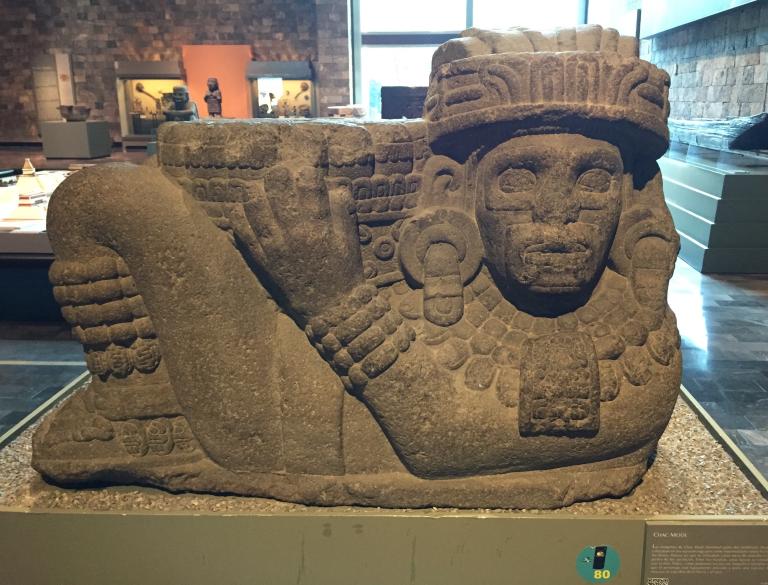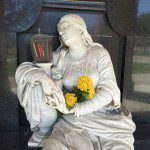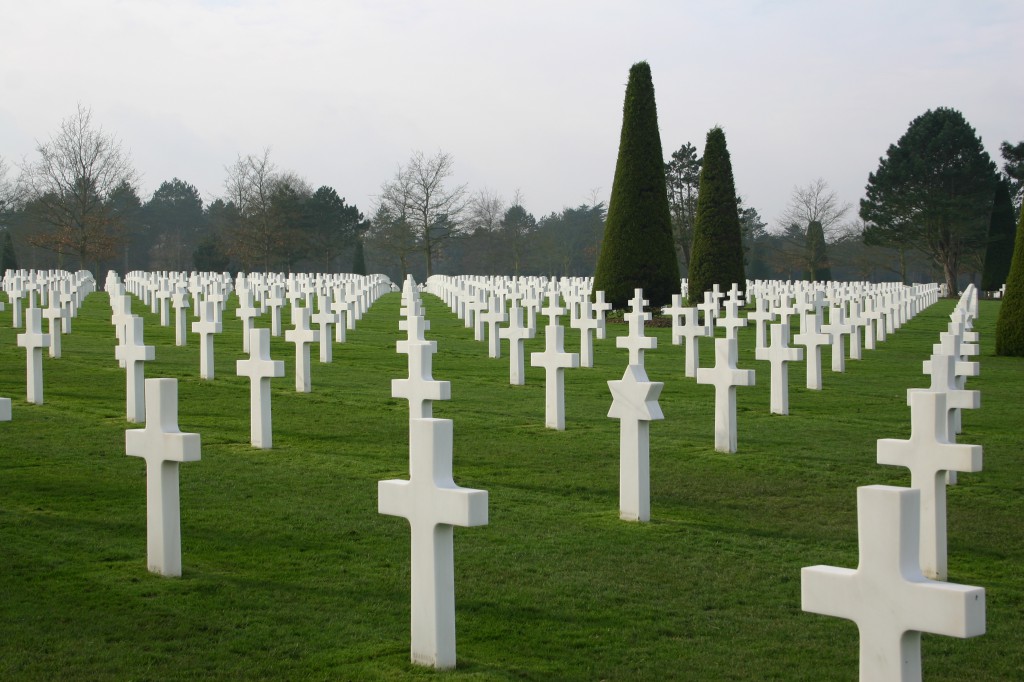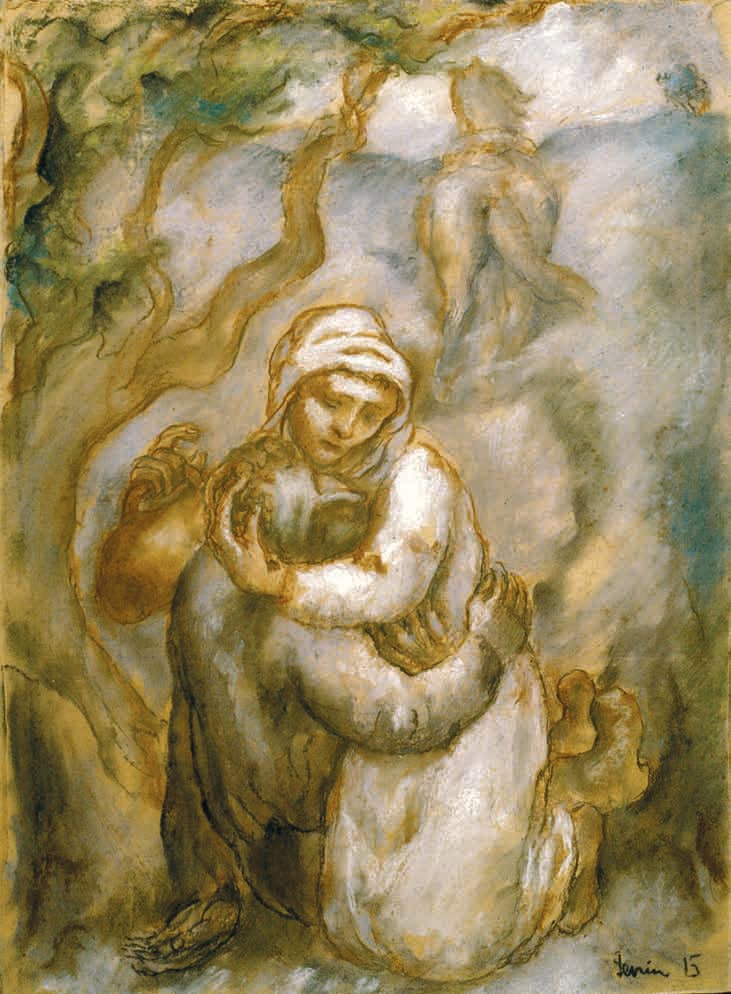Today is All Saints Day in the Christian liturgical calendar. In the Episcopal Church, the day is marked with a stately and solemn eucharist and the lighting of candles for those who have died. I like this annual service, finding it a contemplative and beautiful way to remember loved ones.
That said, I’ve decided that if I had to choose, I’d rather have people drinking beer, feasting, and playing music at my grave.
I’m referring, as you may have guessed, to the Mexican holiday of El Dia de Muertos, or Day of the Dead. I was intrigued recently to read of how this celebration is spreading rapidly in the U.S. Even if you’re not familiar with the holiday, you’ve likely seen the striking decorations that accompany the Day of the Dead celebrations, the folk art skeleton figures that manage to be both macabre and charming.

In Mexico, Day of the Dead celebrations are held on November 1 and 2. Historians say that the holiday blends Christian and pre-Columbian elements. The Aztecs celebrated festivities presided over by Mictecacihuatl, a goddess known as “Lady of the Dead.” When Spanish missionaries arrived, they blended these older traditions with the Christian holidays of All Saints and All Souls Days (November 1 and 2).
In Mexico today, families are gathering at the graves of loved ones, bringing the deceased’s favorite foods and drinks as well as candles, decorations, and candy. The belief is that the souls of the dead come back for a few hours during this time to join with the living in celebrating. Bands play and prayers are offered, a blending of solemnity and joy that reflects a remarkable comfort with death.
According to the Associated Press:
The growing Latin American population in the U.S. and the increased influence of Hispanic culture here in everything from food to TV programming are obviously major factors in the growth of Day of the Dead celebrations. But the holiday’s increased popularity may also coincide with evolving attitudes toward death, including a move away from private mourning to more public ways of honoring departed loved ones, whether through online tributes or sidewalk memorials.
“I think it has to do with Sept. 11,” said Albuquerque, N.M.-based artist Kenny Chavez. “We’re all looking at death differently, and the Day of the Dead allows us to talk about it.”
My stern Norwegian-Lutheran ancestors would likely be appalled if their descendants started partying on their graves each November 1st. But their disapproval doesn’t mean I can’t start a new tradition in my generation. So please, when its my turn to shuffle off this mortal coil, feel free to stop by with some pizza—no wait, make that Indian take-out (I loved lamb rhogan josh). Play some Irish jigs and have a good time. I promise to try to come back to celebrate with you.















